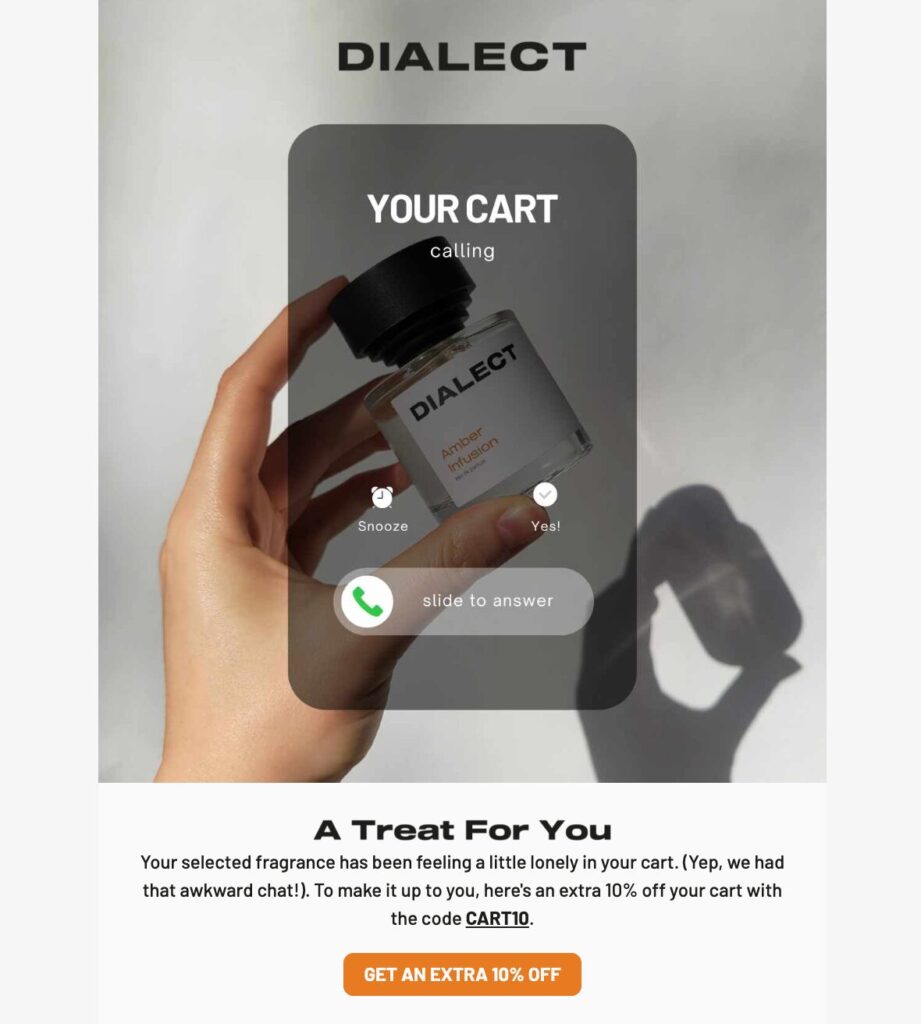Tired of sending emails that vanish into the void? The secret to truly effective email marketing is email segmentation. By sending the right message to the right audience at the right time, you can dramatically boost open rates, engagement, and ROI. This guide dives into the best email segmentation strategies, complete with practical examples and Favoured case studies, to help your campaigns perform like never before.
Why Email Segmentation Matters

Email inboxes are busier than ever, and generic blasts just don’t cut it. Email segmentation ensures your campaigns reach the people who actually want to read them. By dividing your email list based on behaviour, demographics, or purchase history, your messages feel personal, timely, and relevant—making subscribers far more likely to engage.
Segmentation isn’t just a nice-to-have; it’s a performance booster. Targeted campaigns consistently outperform one-size-fits-all emails in open rates, click-throughs, and conversions.
Core Benefits of Email Segmentation
Email segmentation offers several advantages that shouldn’t be overlooked:
- Increased Engagement: Sends content that actually resonates with subscribers.
- Higher Open Rates: Tailored subject lines that speak directly to the recipient.
- Boosted ROI: Better engagement means more conversions from your campaigns.
- Stronger Customer Relationships: Shows you understand and value individual preferences.
Engagement and ROI Through Segmentation
Effective email segmentation strategies lead to significantly higher engagement and a stronger return on investment. When you segment your email list, you’re not just sending marketing emails; you’re delivering relevant email experiences. This relevance translates directly into increased open rates, higher click-through rates, and ultimately, more sales. A successful email marketing campaign focuses on relevant, timely emails.
Understanding Email Segmentation

What is Email Segmentation?
Email segmentation is the process of dividing your email list into smaller, more targeted groups based on specific criteria. This allows you to tailor your messaging to the unique needs and interests of each segment. Instead of sending a generic campaign to everyone, you can create segments based on factors like purchase history, engagement levels, location, or demographic data.
Importance for DTC and CRM Campaigns
For DTC brands and CRM campaigns, segmentation is crucial. It enables brands to deliver campaigns that speak directly to subscribers’ needs, fostering loyalty and encouraging repeat purchases. When done right, segmentation turns email from a broadcast channel into a personalised marketing powerhouse.
Generic vs Segmented Campaigns: A Quick Example
Imagine sending a generic email about a new product launch to your entire email list. Now, imagine segmenting that email list based on purchase history and sending a tailored message to customers who have previously purchased similar products, along with another email tailored to potential first time buyers. Which email campaign is more likely to resonate? The segmented campaign, every time. This is the power of email segmentation.
Top Email Segmentation Strategies
- Demographic Segmentation
Segment your list by age, gender, location, or other demographic factors. This allows you to send content that is highly relevant to each group. For example, seasonal promotions can be targeted based on local weather or cultural events. - Behavioural Segmentation
Target users based on their actions, such as website visits, past purchases, or engagement with previous emails. This ensures your messages are timely and relevant, for example sending a discount on a product they viewed but didn’t purchase. - Engagement-Based Segmentation
Separate your highly engaged subscribers from less active ones. This allows you to nurture cold subscribers with re-engagement campaigns while keeping active users interested with exclusive offers or VIP content. - Lifecycle Segmentation
Tailor campaigns based on where the customer is in their journey. Welcome emails, post-purchase follow-ups, and win-back campaigns all perform better when sent at the right stage. - Preference Segmentation
Give subscribers the option to select the content they want to receive. Not only does this respect their preferences, but it also improves engagement and reduces unsubscribe rates.

The Power of Personalisation & Dynamic Content
Personalisation and dynamic content take email segmentation a step further by tailoring content to each individual recipient’s preferences and behaviours. Use email segmentation tools to insert personalised elements such as their name, location, or product recommendations based on their purchase history. Dynamic content adapts based on the recipient’s data, showing different content blocks to different email segments within the same campaign. This advanced segmentation enhances engagement, drives conversions, and builds stronger customer relationships through relevant email experiences and personalised marketing emails.
How to Implement Segmentation in Your Email Marketing
Tools and Platforms for Segmentation
To implement email segmentation effectively, you need the right tools. Most email service providers (ESPs) and CRM systems offer built-in capabilities. Look for platforms that allow segmentation based on demographics, behaviour, or purchase history. We recommend segment to enable advanced segmentation, helping you target the right audience with precision.
Step-by-Step Guidance for Setting Up Segmented Campaigns
Setting up segmented email campaigns involves a few key steps. Here’s a simplified view of the process:
- Define Goals & Segments: Identify your marketing goals and which email segments will help you achieve them.
- Segment & Craft Messages: Create targeted content tailored to each group.
- Test & Optimise: Monitor performance, A/B test subject lines, and adjust your campaigns for maximum impact.
Best Practices for Segmenting Your Email List
When implementing email segmentation, it’s crucial to adhere to best practices to maximise email performance.
- Regularly review and update your segments.
- Use clear, concise names for each segment.
- Avoid creating too many segments to prevent overcomplication.
- Analyse performance data to identify new opportunities for segmentation.
Measuring the Impact of Segmentation
Key Metrics to Track
To measure the success of your segmentation strategies, track:
- Open Rates: Indicates how well your subject lines and segments resonate.
- Click-Through Rates (CTR): Shows how engaging your content is.
- Conversion Rates: Demonstrates if your campaigns drive desired actions.
- Revenue per Email: Measures financial impact.
Performance Improvements from Segmentation
Effective segmentation can significantly outperform generic email blasts. Targeted emails are more likely to be opened, read, and acted upon, directly contributing to higher conversions and ROI.
A/B Testing and Optimisation Tactics
A/B testing is a powerful tool for optimising your email segmentation strategies. Test different email subject lines, content, and calls-to-action within each email segment to identify what resonates best with your recipients. Use the insights gained from A/B testing to refine your segmentation criteria and improve your campaign over time. Regularly experiment with different ideas to uncover new ways to enhance email performance and drive conversions. Testing different capabilities will increase email performance.
Favoured Case Studies: Email Segmentation in Action

Dialect
Dialect used behaviour-based segmentation to create tailored follow-up campaigns for first-time buyers versus repeat customers. The result? Open rates increased by 40%, and click-through rates rose by 28%, proving that personalised messaging truly makes an impact.
Wessex Distillery
By segmenting their list based on purchase behaviour and previous engagement, Wessex Distillery saw a 35% increase in open rates and a 22% lift in repeat purchases. Targeted campaigns highlighted new product launches and limited-edition spirits for their most loyal subscribers, driving real revenue.
Conclusion
Next Steps
Now is the time to take action. Start by auditing your email list and identifying opportunities for segmentation. Analyse your customer data, website behaviour, and purchase history to uncover valuable insights. Use these insights to create email segments that align with your goals. Implementing email segmentation doesn’t have to be daunting. Start small, test different approaches, and continuously refine your strategies based on results. With the right tools, the sky is the limit.
Not Sure Where to Start?
Email segmentation is no longer optional—it’s essential for brands looking to maximise engagement, ROI, and customer loyalty. By understanding your audience, creating targeted segments, and testing your campaigns, you can turn every email into a high-performing touchpoint. But we understand it’s easier said than done. Reach out today and get your free email audit, we’d love to work with you to nail your email marketing.




























